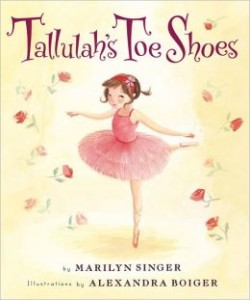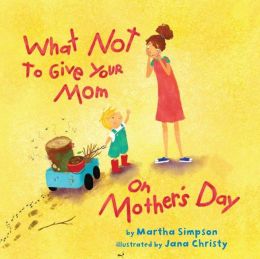Written by Andrea Cheng
Illustrated by Abigail Halpin
Anna is a real American girl. Or is she? In a lighthearted and fun way, third graders can learn about Anna’s world. Her mother was born in China. Her father is Chinese-American. Like most third graders, Anna is feeling a little out step with the world and is trying to figure out who her friends are. Anything that sets her apart also makes her feel vulnerable. She doesn’t want to learn Chinese. She doesn’t want her friends to know her mother cleans for a living. She doesn’t want to get too close to Laura, in case Laura’s using her to make Allison jealous. The two things she does love are reading and painting. Eventually she finds out that other people have problems too. Helping others makes her forget her own issues and moves her toward greater understand and acceptance. Laura’s parents are separating, causing Laura to lean on Anna for support. Anna’s friend, Ray the crossing guard, breaks his leg, and Anna finds a way to help him. And one of Anna’s mother’s clients, Mr. Shepherd, is a widower confined to a wheelchair. He’s one of Anna’s best friends. Anna also helps another Chinese-American girl who is struggling in school and shows kindness to her teacher.
Reading activities are built right into the book. Anna makes her own lunch bag, and the illustrator shows us how. The reader learns several Chinese words and characters. Lessons on won ton folding are also included.
This is a welcome addition to a world in which more and more families combine multiple backgrounds. It’s sure to make many reading lists. The author’s website, www.andreacheng.com, contains a teacher’s guide and numerous ideas for more reading activities.










